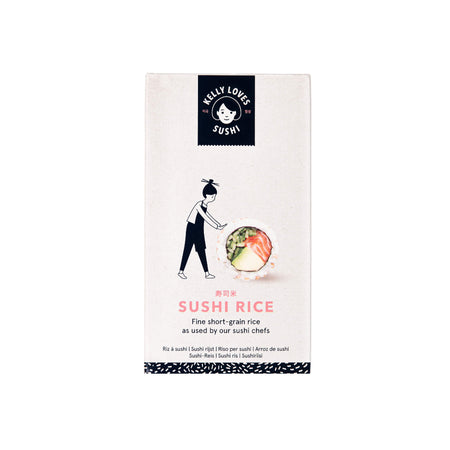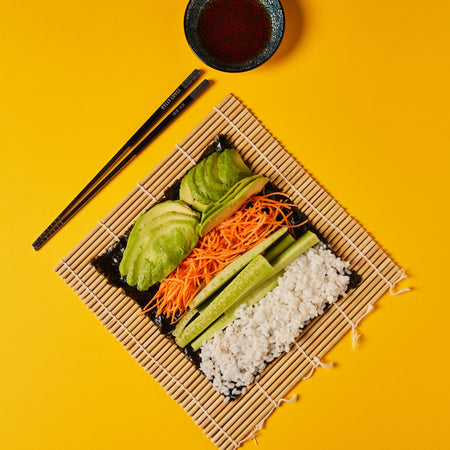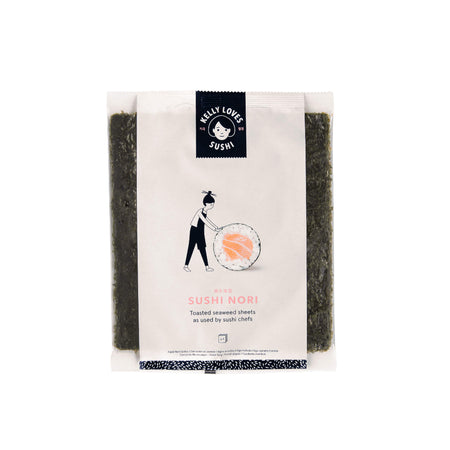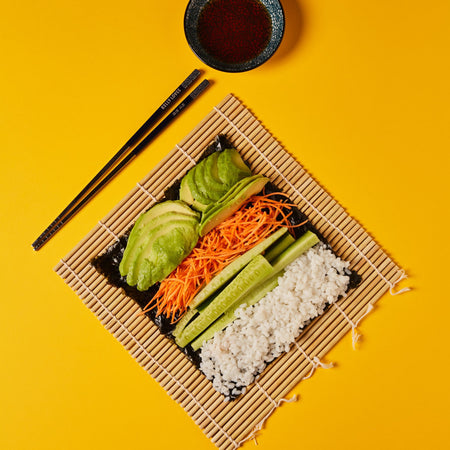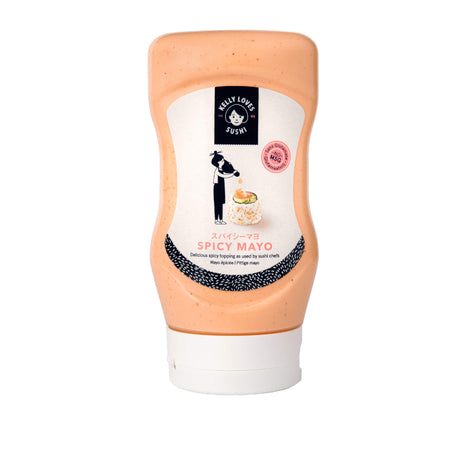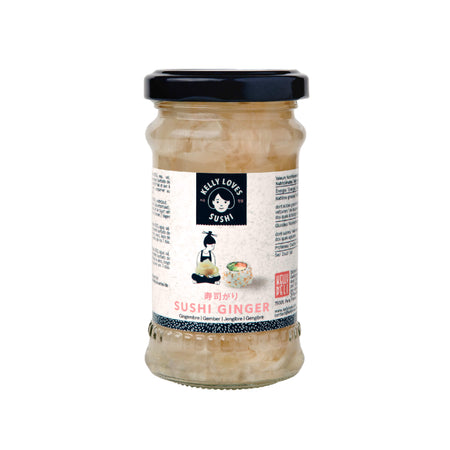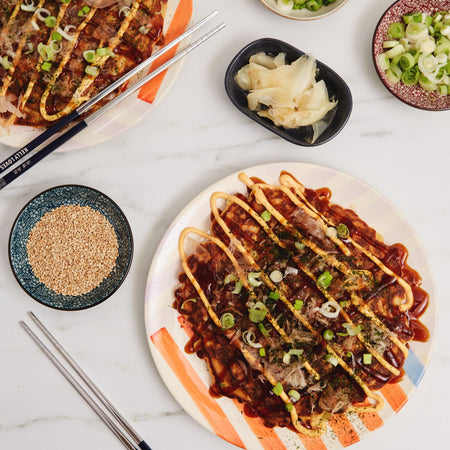What is edomae sushi?
Sushi is undoubtedly delicious – and a real art form. But the world of sushi can sometimes be a little confusing.
For instance, just how many types of sushi are there? Some people think there are six main types, but others would disagree and say nine, or even more.
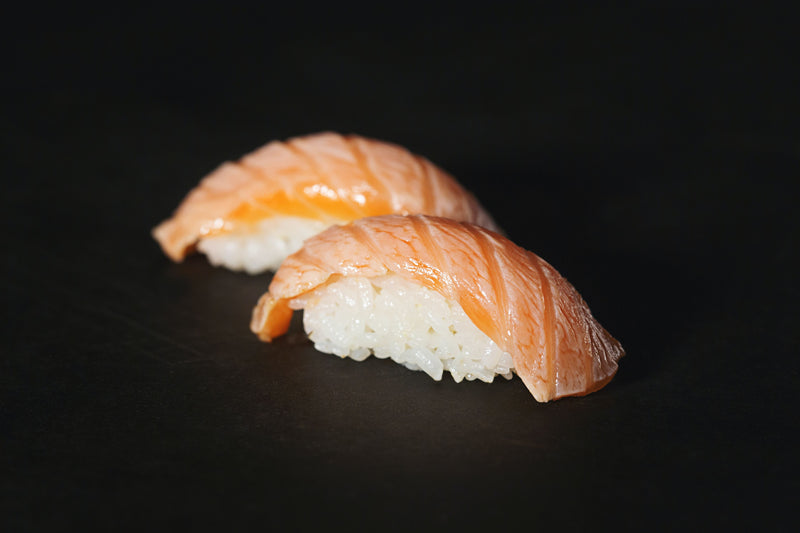
Maki, oshi, chirashi and nare are just a few of the most popular kinds of sushi.
But you might not have heard of edomae sushi (often called nigiri), which is now common in Japanese and fusion restaurants around the world. So what is edomae-style sushi?
What is edomae sushi?
First of all, “edomae” means “in front of Edo”. And where’s Edo? Well, that’s the former name of Tokyo.
Edo took its name from the Edo samurai clan who founded the village that would blossom into Tokyo. And Tokyo was known as Edo until the second half of the 19th century.
During that time, sushi using fresh seafood from Tokyo Bay (in front of old Edo) came to be known as edomae sushi. Because of the quality of the raw seafood used, its popularity exploded.
That special seafood might be tuna, eel, squid or shrimp, depending upon the day’s catch. It’s complemented by a specific type of rice called “shari”, which is mixed with vinegar, sugar and salt, and then shaped into bite-sized pieces. The seafood goes on top of the rice ball, giving it a minimalist look.
What does edomae sushi taste like?
One of the best things about edomae sushi is the variety of flavours you can experience from one occasion to the next. It all depends upon the type of seafood used.
Generally though, it has a clean and delicate flavour that’s often described as "umami" or savoury. The seafood will be raw and is often cured slightly or marinated to bring out even more flavour. And since the sushi rice is seasoned with vinegar, sugar and salt, you’ll get a tangy, slightly sweet flavour from it, which works well with the seafood.
Textures can also vary according to the type of seafood on your plate, but it’s usually a tender texture. Meanwhile, the rice provides a slightly chewy texture. It’s always finely balanced, reflecting the skill of the chef and the quality of the ingredients.
Edomae sushi is sure to pack plenty of flavour. But if you want to add a little more flavour and different textures, edomae sushi is often served with soy sauce, pickled ginger and wasabi.
What’s the history of edomae sushi?
Edo-style sushi has some of the finest sushi ingredients around. That’s why it became so prized throughout Japan in the 19th century: because the seafood from Tokyo Bay (or Edo Bay as it was known then) was so high in quality.
And as word spread about the exceptional tastes and textures of edomae sushi, demand for it throughout the Japanese islands grew and grew. Those who could prepare it perfectly won renown and, of course, great numbers of hungry customers.
Today, edomae sushi is a popular style of sushi all around the world, and many sushi chefs continue to use traditional, time-honoured edomae techniques and ingredients to make their sushi. Creating this special kind of sushi is considered a highly-skilled art form, which is why some of the very finest, most exclusive sushi restaurants serve it up to hungry diners.
And if you’re lucky enough to be starting your sushi-eating career with some beautiful edomae sushi, here’s a beginner’s guide on how to eat sushi. After all, if you’re sitting down to enjoy some of the best sushi there is, you really want to get the most from it.
What’s the difference between edomae sushi and other types of sushi?
There are now countless varieties of sushi, some more authentic than others. The most common types of sushi include maki, chirashi and uramaki (remembering that sashimi isn’t actually sushi).
So what makes edomae stand out and puts it on a pedestal as one of the very best varieties?
Red vinegar instead of rice vinegar
As the name suggests, sushi vinegar is often used in making sushi. It’s usually a mixture of rice vinegar and other ingredients, such as sugar, salt and spirit vinegar (made with sake). If rice is the only ingredient, it’s known as pure rice vinegar.
But in edomae sushi, red vinegar replaces rice vinegar, contributing to a stronger umami taste than in many types of sushi. This flavour comes from aged sake lees (a paste-like byproduct of sake production). The lees mean red vinegar (akazu in Japanese) has around double the amount of amino acids found in rice vinegar – and these are the source of that moreish umami flavour.
Preparation
We know that edomae sushi is famed for its taste and the skill that goes into making it. But when it comes to preparation, what does edomae-style mean?
First of all, the emphasis on freshly caught fish is important. That’s what gives edomae sushi its incredible flavours. But the process of marinating or curing it softens those tastes, so that they don’t become overpowering. The balance of flavours is central to Tokyo’s traditional sushi.
And when it’s placed on top of the rice, the seafood is presented in a more minimalist style than some types of sushi. Again, the focus is all on the taste.
Now you know what edomae sushi is, you’ll know what to look out for if you want a real treat. Just remember that places serving good edomae sushi will be (understandably) popular. So if you can’t find a table, you can always use one of our home sushi making kits.